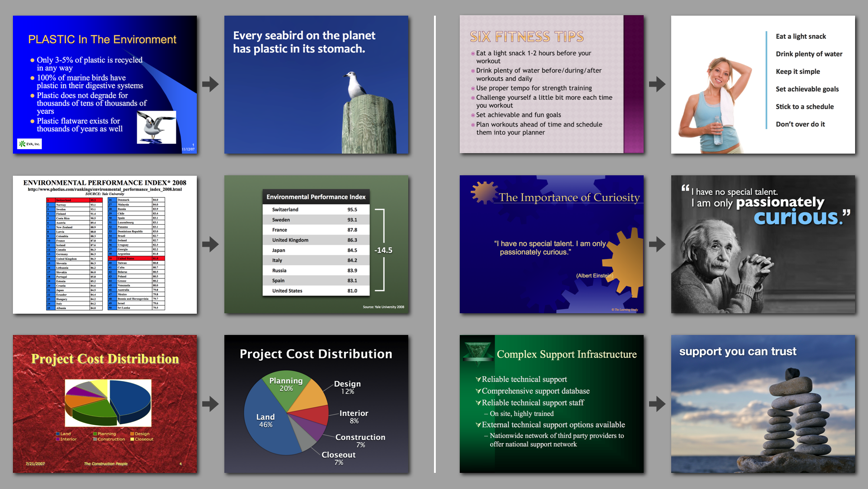“Contemplation often makes life miserable. We should act more, think less, and stop watching ourselves live.” Nicolas de Chamfort
Every passing day signifies 24 hours of our life, which we will not be able to get back. Very often, days pass by so quickly that they turn into weeks, months and years before we know it. We often complain about the day not having enough hours, and yet, we tend to lose precious moments every day. It is only when we look back and think of what could have been, do we realize how vital it is to use the time we have to the best of our ability. I do not believe in regrets and beating myself up for what could have been. What upsets me however, is seeing myself waste time. It can be procrastination, day dreaming or the fact that I was overwhelmed with everything that needed to be done. Either way, I know I will not be able to get that time back. When searching for ways to organize my life and use time wisely, I found the GTD system, which has introduced accountability as part of my days. Listed below are 5 steps to use, and implement a system to get things done.
1. Collection: This begins with picking up pieces of our lives scattered all over the place. This includes cluttered desks, messy drawers, loose papers, over flowing inboxes and over loaded thoughts. We have to begin by collecting all these “open loops” and putting them into a system where we can process each and everyone of them. It requires much discipline and hard work to get all this stuff into one place initially. The key is to have a system in place which allows us to record these open loops as and when they are created. This takes a huge load of one’s mind, and allows it to focus, rather than be confused with all the happenings in your head. To learn more about how to get started on the collection step, please click here.
2. Processing: After step one, there will be much information to be processed. This means we need to go through each item and open loop, sort out which needs to be acted upon, those that need to be archived, and most importantly, those that need to be trashed. We have to make a conscious effort to minimize the number of items our system will hold as much as possible. Items which require 2 minutes or less of action, must be acted upon instantly, and those loops closed. For example, the expense sheet that needs your signature, sign it now, and send it to the required person. To learn more about how to process all your items please click here.
3. Organizing: Once we have the information after processing, it needs to be organized in a manner to enable us to refer to it, as and when needed. This means each item needs to be allocated specific buckets to slot into. These buckets can be projects or reference topics, in which to organize all the necessary items under one file. For example if you are launching a new corporate website, all the items and thoughts for that project need to be filed together. It is important to label all these action items with contexts that allow you to focus on them when required. Examples of contexts are “Phone Calls”, “Emails”, “Errands” etc. This way you can batch certain activities together. To learn more about how to organize your data please click here.
4. Reviewing: This is a critical step which refreshes your mind of commitments, and closes loops on projects taking up more time than they should. I use three reviewing cycles which are a daily, weekly and monthly review. In these review cycles, I ensure that my daily schedule is structured to maximize my time. Weekly reviews give me a higher level view of everything accomplished during the course of the week, and the progress made. Lastly, the monthly view provides me a snapshot of the larger picture. Without these constant reminders it is easy to get side tracked, and revert to old ways. To learn more about my review cycles please click here.
5. Doing: Very often it comes down to taking action. Lists are only useful, when the items on them are periodically checked off and progress made. Without action we could use the most sophisticated technology in the world to collect, process and organize our data; without seeing any improvements at all in our lives. I use the four criterion model where the task I choose depends on the context, time available, energy and priority. For example if my commute to work everyday is 30 minutes and I have access to my phone during that period of time, I use my “Phone Calls” list and make all the calls during this period of time. Likewise the task I choose depends on the time available, the amount of energy I have and most importantly how important the task is. To learn more about the four criterion model please click here.
There is not just one way the GTD system can be implemented into your daily lives. Everyone has different needs and requirements, each step can be customized. What is important is that we create a system which is reliable and all encompassing. We need to take the load of our minds and put it down on paper, where we can process it more efficiently. As David Allen says, the aim is to reach a “mind like water” state. Where we will be able to move seamlessly from one activity to another, while maintaining a high level of productivity and efficiency. I hope this simple guide serves as a helpful starter for those wanting to begin using this system. I would appreciate your comments, feedback and experience using the GTD system.
